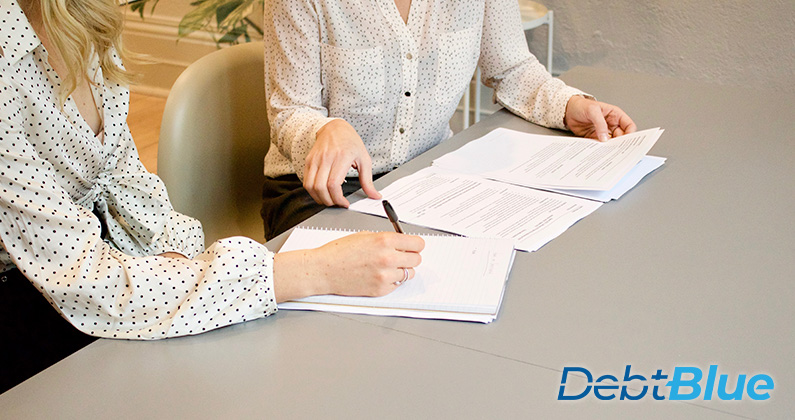It is easy to fall into debt these days. Whether it’s being tempted by credit card companies sending you pre-approved cards in the mail, urging you to sign up, or medical bills piling up because of an injury or an illness, you sometimes fall behind on bills and end up in debt. There are different options for how to deal with the debt and try to get out of it. Two such options are declaring chapter 7 bankruptcy or getting a debt settlement. In this article we’ll look at options and impacts around Chapter 7 Bankruptcy vs Debt Settlement.
Chapter 7 Bankruptcy
Chapter 7 is the type of personal bankruptcy that most people think of when they hear the term bankruptcy. Chapter 7, also known as straight or liquidation bankruptcy, can be damaging both to your credit report and to you in your everyday life. In a case of chapter 7, the court appoints a trustee to oversee the case. That trustee is tasked with collecting your assets, selling them, and then giving the money raised to your creditors who have successfully filed claims on what you owe them.
The trustee doesn’t take all of your belongings. You can keep some “exempt” property that will help you get a fresh start in your post-bankruptcy life. The property and items that are allowed to be considered exemptions can vary depending on your state of residence, but they often include such things as:
- Real property, such as the family home
- Personal property like furniture, clothing and vehicles
- Tools used in your profession
- Some amount of wages, child support and alimony
Other than the few items allowed to be kept as exempt property, the trustee will sell most of your belongings. So you’ll then have to replace much of it, which will cost a tidy sum of money.
Perhaps even more punitive is the damage done to your credit report. A Chapter 7 bankruptcy remains on your credit history for 10 years before being deleted. That leaves a black mark on your credit report for a decade, which will make it harder for you to qualify for a loan or even be able to rent an apartment.
Debt Settlement
If you choose the debt settlement option, you negotiate with your credit card companies or other creditors to forgive some of your debt and accept less of a payment than the total due. But rather than negotiating with the creditors yourself, you hire a company such as Debt Blue to work with the creditors on your behalf. Although there’s no minimum amount needed for a debt settlement, it is generally accepted that people with unsecured debt of at least $10,000 are typically the people who benefit most from settlements.
The length of time it takes to pay off the debt through a settlement varies on a case-by-case basis, but it is typically a 12-24 month period. That saves you a lot of time — and money in less interest being charged — compared to paying off the debt through making monthly payments, especially if you make the minimum payments due on your credit cards. Debt settlement can save you thousands of dollars in interest charges.
And a debt settlement doesn’t affect your credit score as much as Chapter 7 does because the debt settlements are typically taken off your credit report in less time than a Chapter 7 filing.
Chapter 7 Bankruptcy vs. Debt Settlement
Now that you have an overview of both Chapter 7 bankruptcy vs debt settlement, it should be clear that debt settlement is the better option because it doesn’t require the majority of your assets to be sold and it doesn’t stay on your credit report for as long as Chapter 7. If you feel that debt settlement may be right for you, be sure to contact Debt Blue for more free information or to get an online estimate.

